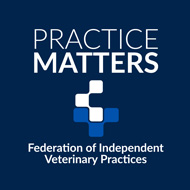New report shows increase in numbers since 1970s.
The number of butterflies in Scotland has increased by 35 per cent since 1979, a new report from NatureScot has revealed.
Despite annual fluctuations in population, often owing to weather conditions, nine species have significantly increased in numbers over the past four decades.
The biggest population growth was seen in red admirals, orange-tips and peacocks. The report suggests that climate change may have played a role, with a warmer climate allowing butterflies to move northward.
Despite the overall increase, three species significantly declined in number: small copper, grayling, and small tortoiseshell.
Small copper numbers have almost halved, with climate change and habitat loss potential causes. The amount of sheep’s sorrel, which is a main source of food for its larvae, has declined since the mid-20th century.
Simon Foster, trends and indicators analyst at NatureScot, said: “Butterfly populations can vary markedly from year to year depending on factors such as the weather and availability of food, but it’s reassuring to see that the overall long-term trend is improving.
“When we look at individual species, however, there are some that are clearly struggling, such as the small copper and grayling butterflies. Habitat and food loss appear to be major factors in their declines so we’re working hard to support them.
“Gardens are becoming an increasingly important habitat for butterflies like the small copper, and wildlife-friendly gardening could counteract a more general decline in urban butterflies.
"Urban green spaces are also vital habitats and projects such as the Central Scotland Green Network are helping connect areas for pollinators, including butterflies.”
Image © Shutterstock



 The Federation of Independent Veterinary Practices (FIVP) has announced that its podcast, FIVP Practice Matters, will be returning for a second series next year.
The Federation of Independent Veterinary Practices (FIVP) has announced that its podcast, FIVP Practice Matters, will be returning for a second series next year.